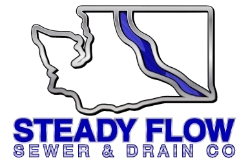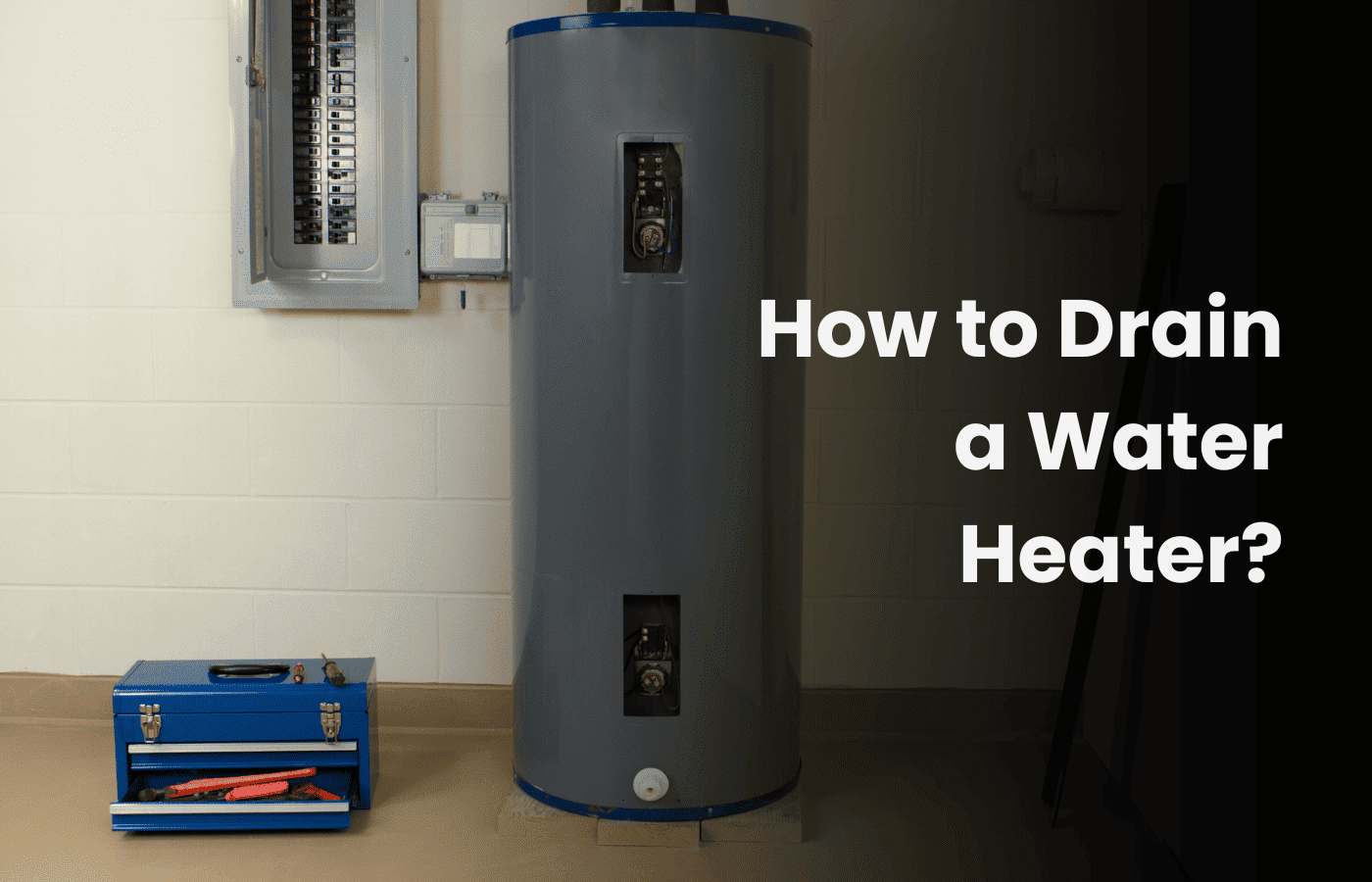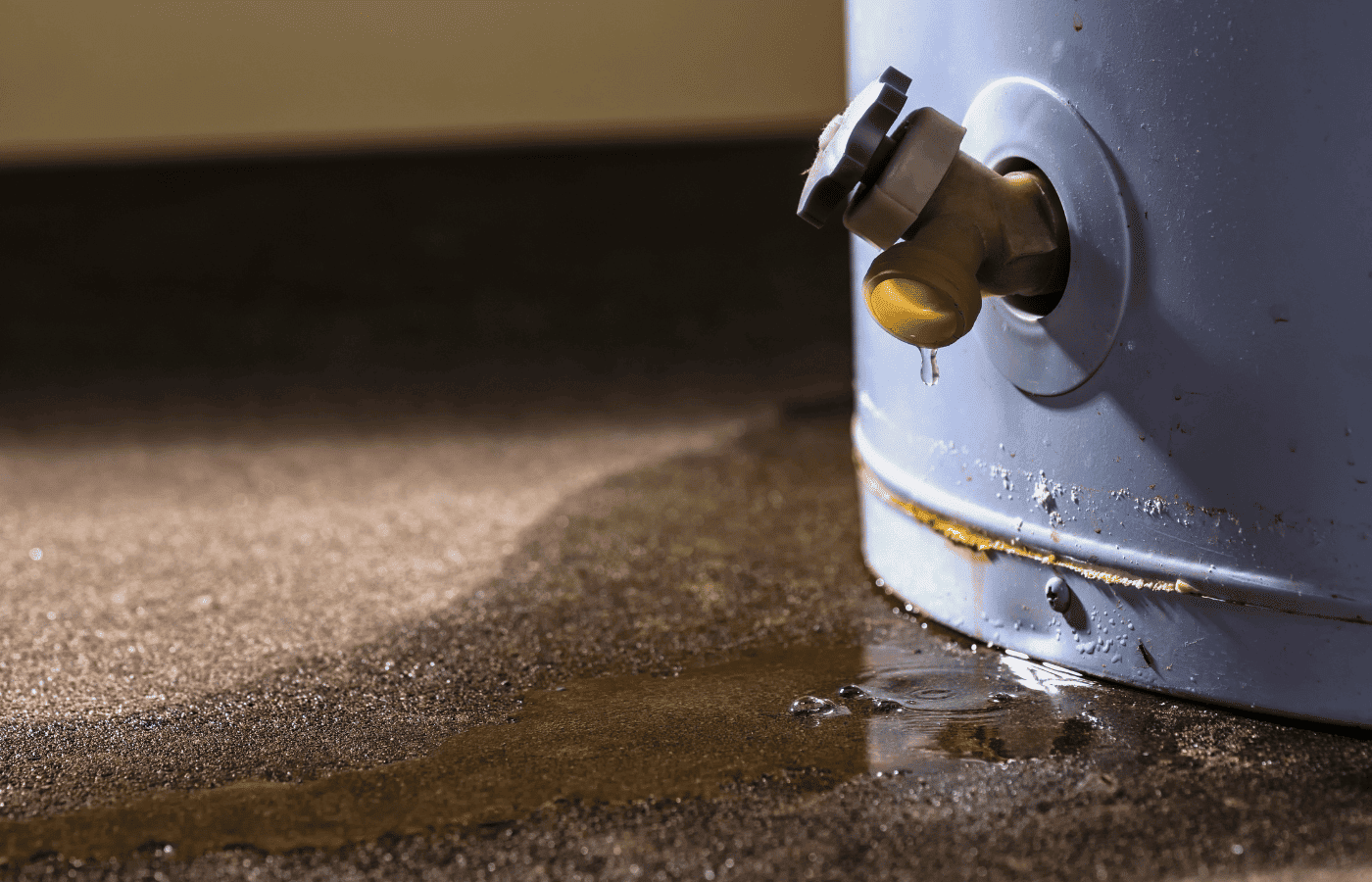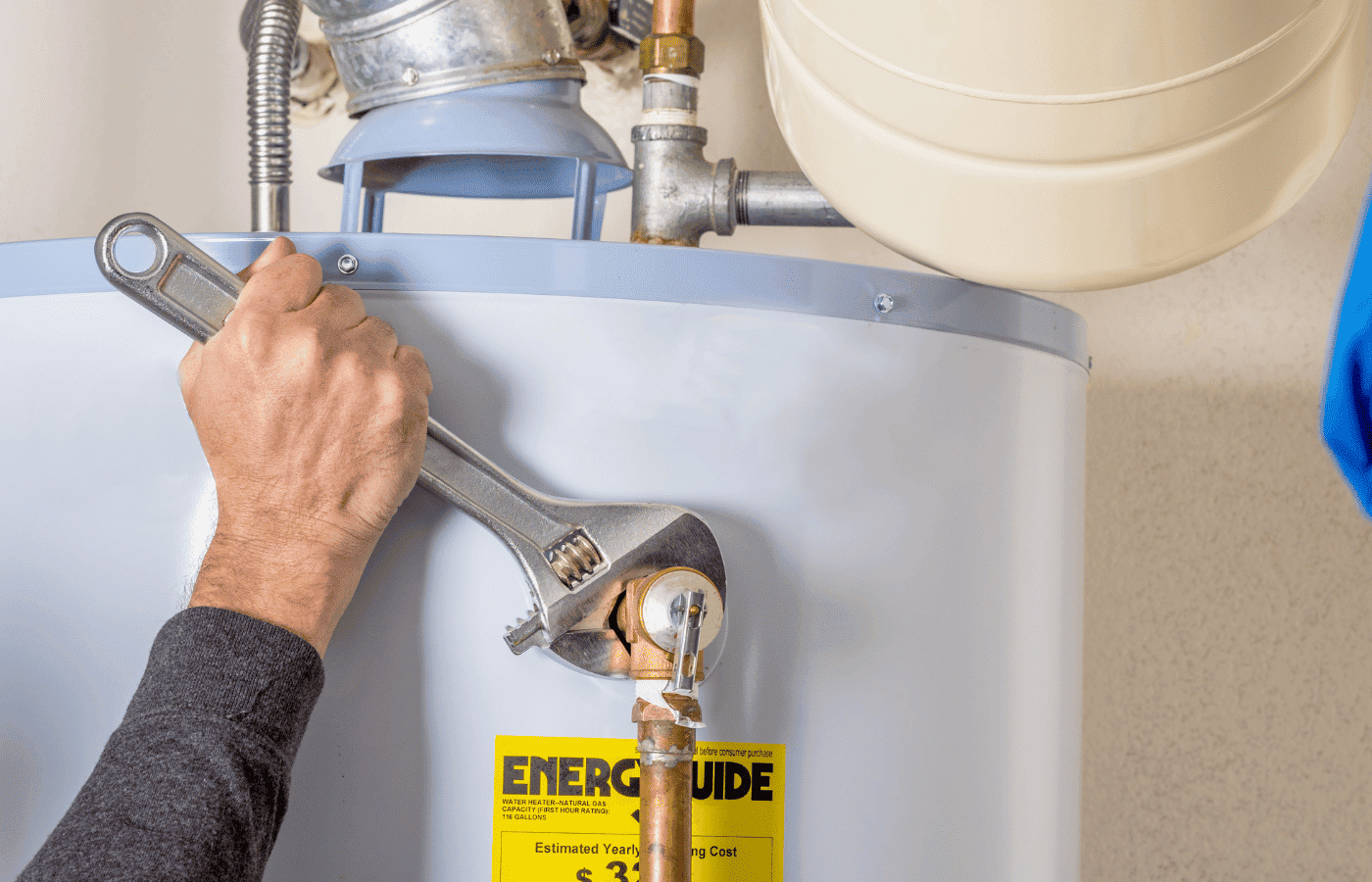How to Drain a Water Heater?
How to Drain a Water Heater? – 8 Easy Steps Guide
Draining your water heater is a crucial maintenance task that helps improve efficiency, extend its lifespan, and prevent costly repairs. Over time, sediment and mineral buildup can reduce performance, making it essential to drain and flush your water heater regularly. In this comprehensive guide, we’ll walk you through everything you need to know about how to drain a water heater, when to do it, and why it matters.
Why Draining Your Water Heater Is Important
Regularly draining your water heater offers several key benefits:
- Prevents Sediment Buildup: Hard water deposits and sediment can accumulate inside the tank, reducing efficiency.
- Extends the Lifespan of Your Water Heater: Proper maintenance prevents corrosion and premature failure.
- Improves Heating Performance: Removing buildup allows water to heat faster and more efficiently.
- Lowers Energy Costs: A well-maintained water heater consumes less energy, saving you money.
- Reduces Unwanted Noises: Popping or cracking sounds indicate sediment interference, which can be resolved through draining.
How Often Should You Drain Your Water Heater?
The frequency of draining depends on water quality and heater usage. Here’s a general guideline:
- Once a year: Recommended for most households with moderate water hardness.
- Every six months: If you live in an area with hard water, more frequent flushing is needed to prevent excessive mineral buildup.
- Older water heaters: If your water heater is aging, it may require more frequent maintenance to maintain efficiency.
Signs That Your Water Heater Needs Draining
If you notice any of the following, it may be time to drain your water heater:
- Longer heating times: Sediment buildup acts as insulation, slowing the heating process.
- Unusual noises: Popping, cracking, or rumbling sounds indicate mineral deposits inside the tank.
- Reduced hot water supply: Blocked heating elements or sediment accumulation can decrease capacity.
- Rusty or metallic-smelling water: Corrosion and sediment can affect water quality.
Precautions Before Draining Your Water Heater
Before starting, follow these safety precautions:
- Identify your water heater type: Gas or electric heaters have different shutdown procedures.
- Allow the water to cool: Shut off the heater a few hours before draining to avoid burns.
- Wear safety gear: Use heavy-duty gloves and safety glasses.
- Know your emergency shutoff valve location: Be prepared in case of leaks or unexpected water flow.
Tools and Materials You’ll Need
Gather the following items before starting:
- Adjustable wrench
- Garden hose
- Flat-head screwdriver
- Bucket (if draining manually)
- Threaded hose cap (optional, for sealing after draining)
Step-by-Step Guide to Draining a Water Heater
Step 1: Turn Off the Water Heater
- Gas Water Heater: Turn the thermostat to “pilot” mode.
- Electric Water Heater: Shut off the circuit breaker at the electrical panel.
Step 2: Shut Off the Cold Water Supply
- Locate the cold water valve on top of the heater.
- Turn the valve clockwise to stop water flow.
Step 3: Attach a Hose to the Drain Valve
- Connect a garden hose to the drain valve near the bottom of the tank.
- Ensure the hose leads to a floor drain, outside driveway, or bucket.
Step 4: Open a Hot Water Tap to Release Pressure
- Turn on a hot water tap in the house (preferably one above the heater).
- This allows air into the system, aiding drainage.
Step 5: Open the Drain Valve
- Use a flat-head screwdriver if needed.
- Let the water drain completely. Be cautious as it may still be hot.
Step 6: Flush Out Sediment (Advanced Cleaning)
- Turn on the cold water supply briefly while the drain valve is open.
- Repeat until the water runs clear, ensuring all sediment is removed.
Step 7: Close the Drain Valve and Refill the Tank
- Disconnect the garden hose and ensure the valve is tightly closed.
- Turn on the cold water supply to refill the tank.
- Keep a hot water tap open until water flows steadily.
Step 8: Restart the Water Heater
- Gas Heater: Turn the gas valve back on from “pilot” mode.
- Electric Heater: Flip the circuit breaker back on.
- Allow 30-60 minutes for the water to heat up.
What to Do If the Drain Valve Is Clogged
A clogged drain valve can make flushing difficult. Here’s how to fix it:
- Use a wire or coat hanger to dislodge sediment inside the valve.
- Turn on the cold water supply briefly to help flush the blockage.
- Call a professional if the valve is stuck or heavily corroded.
Pro Tips for Keeping Your Water Heater in Top Shape
- Install a sediment filter if you live in a hard water area.
- Test the temperature and pressure relief valve regularly.
- Consider a water softener to prevent excessive mineral buildup.
When to Call a Professional
If you encounter any of the following, contact a water heater expert:
- Drain valve is stuck or leaking.
- Excessive rust or corrosion inside the tank.
- Water heater is over 10 years old and draining doesn’t improve performance.
Contact Steady Flow Sewer & Drain for Expert Water Heater Services
If you’re unsure about how to drain a water heater or need professional assistance, Steady Flow Sewer & Drain is here to help!
Professional Sewer and Drain Service Contractor
- 24/7 Support for Homeowners & Businesses
- Call Us Now! (206) 984-8909
- Based in Federal Way, WA | Serving Seattle, Tacoma, Puyallup, Bonney Lake, Kent, University Place, and surrounding areas!
Get a Free Estimate or Second Opinion
We specialize in sewer repair, replacement, pipe relining, and hydro jet drain cleaning. As a locally owned and operated business, we provide honest assessments and high-quality services with 100% integrity. Whether it’s routine maintenance or emergency repairs, we have the skills and equipment to handle ANY sewer or drain issue.
Regularly draining your water heater is a simple yet crucial maintenance task that helps maximize efficiency and longevity. By following this guide on how to drain a water heater, you can keep your water heater in peak condition and avoid costly repairs. For expert plumbing and drain services, contact Steady Flow Sewer & Drain today!
Read our reviews
Special Offers

Contact Our Team for an Appointment
Our trenchless company prioritizes your satisfaction with our work. We strive to be your trusted provider of all drain and sewer line services, and we look forward to serving you. For more information about trenchless pipe lining or to arrange an appointment, call us at Steady Flow Sewer & Drain or fill out the online form today.




